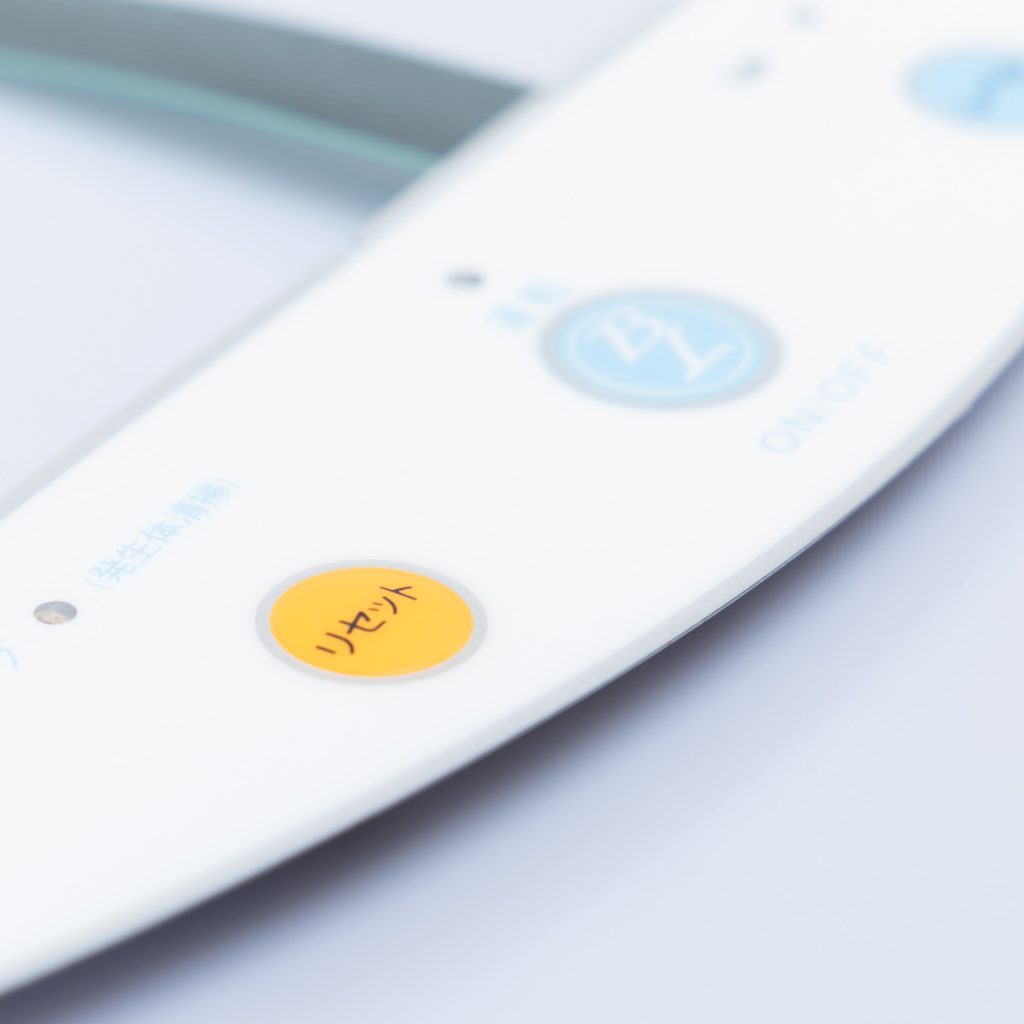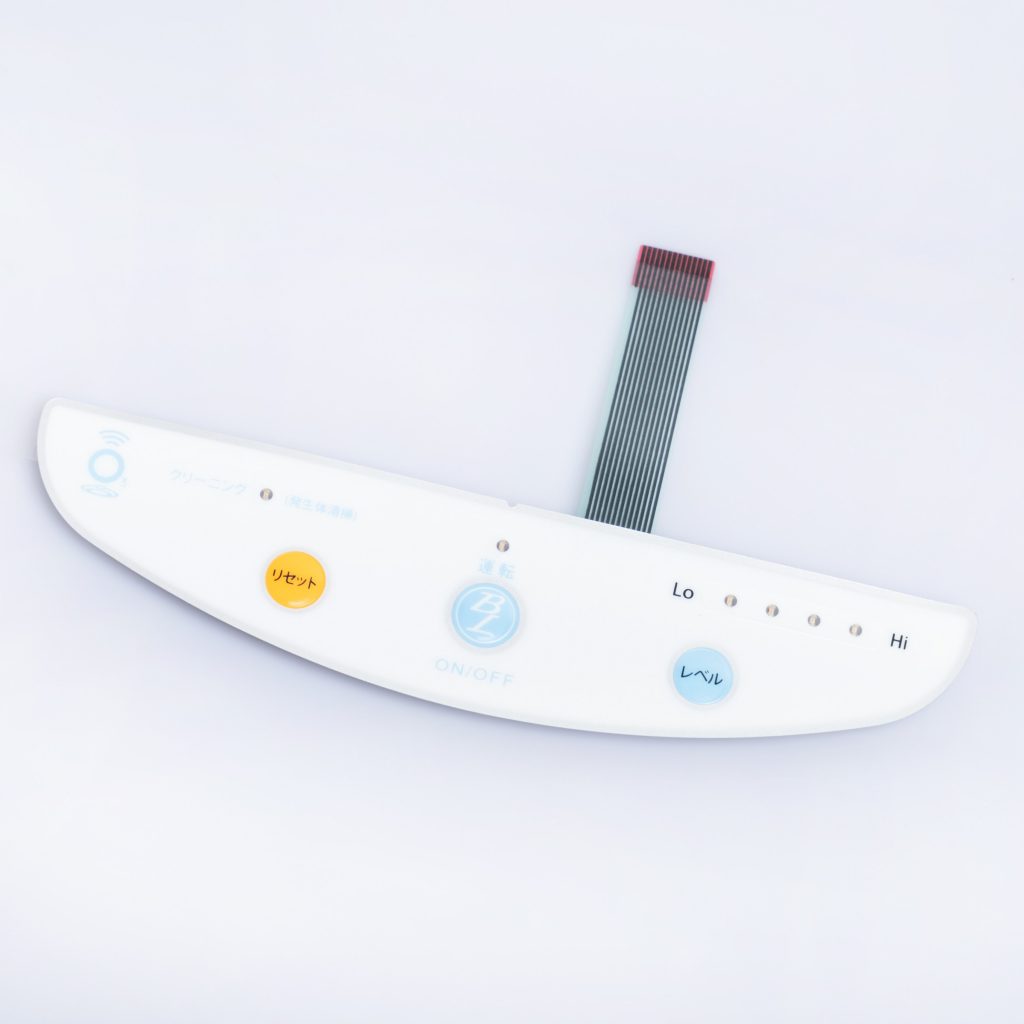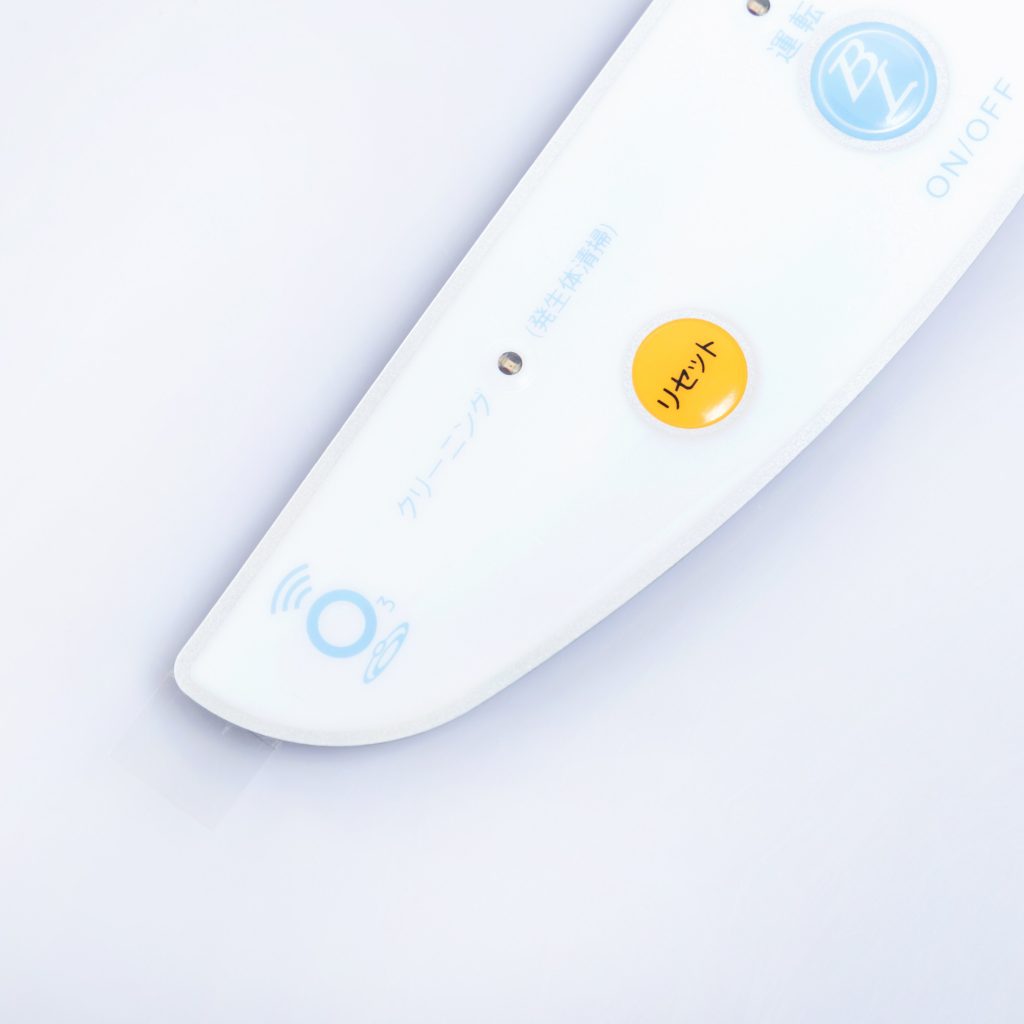Contact
Write to Us And We Would Be Happy to Advise You.
Do you have any questions, or would you like to speak directly with a representative?
By hqt
Membrane switches are essential components found in various electronic devices and control panels. They provide an intuitive interface, enabling users to interact with machines effectively. The manufacturing and testing processes play a crucial role in ensuring the functionality and durability of these switches. In this article, we will explore the manufacturing techniques employed in producing membrane switches, along with the comprehensive tests conducted to ensure their reliability.



The production of membrane switches involves several intricate steps, including designing the circuitry, selecting materials, and assembling the components. Let’s dive into each stage of the manufacturing process.
To begin the manufacturing process, designers create the circuitry layout for the membrane switch. This involves determining the placement and connection of conductive traces and contact points on a flexible substrate, typically made of polyester. The design phase considers factors such as the required functionality, user experience, and aesthetic appeal.
Choosing the right materials is crucial for the overall performance and durability of membrane switches. Here are the key materials commonly used:
Printing and Etching the Circuitry
Once the materials are selected, the circuitry design is transferred onto the substrate. Printing techniques, such as screen printing or digital printing, are employed to apply conductive inks onto the circuit layer. Following this, etching processes remove excess material, leaving behind the desired circuit pattern.
Embossing is a crucial step that adds tactile feedback to the membrane switch. It involves creating raised or recessed features on the overlay layer, enhancing user experience. Domes, typically made of stainless steel or polyester, are then placed over the contact points to provide a tactile response when pressed.
The different layers of the membrane switch are carefully assembled, ensuring proper alignment and electrical connectivity. Once assembled, the switch undergoes encapsulation, where it is sealed to protect the circuitry from external elements such as moisture, dust, and chemicals. The encapsulation process may involve various methods like adhesive bonding or heat sealing.
To ensure the reliability and functionality of membrane switches, rigorous quality tests are conducted during and after the manufacturing process. Let’s explore some of the common tests employed.
This test checks the conductivity of the conductive traces and verifies that there are no open or short circuits. A low-voltage current is applied, and the resistance between specific contact points is measured to ensure proper electrical connectivity.
The tactile feedback and actuation force of the membrane switch are critical for user experience. In this test, the force required to activate the switch is measured using specialized equipment. It ensures that the switch responds consistently and provides the desired tactile feedback.
Membrane switches are subjected to various environmental tests to assess their resistance to temperature, humidity, UV exposure, and chemicals. Additionally, durability tests simulate real-world usage conditions by repeatedly actuating the switches to evaluate their long-term reliability.
This test determines the adhesion strength between different layers of the membrane switch and evaluates their resistance to abrasion. It ensures that the switch can withstand regular usage without compromising its integrity.
Life cycle testing involves repeatedly actuating the membrane switch for a specified number of cycles to simulate its usage over time. This test helps determine the switch’s durability and longevity, ensuring it can withstand the expected number of operations.
Q: Are membrane switches suitable for outdoor applications? A: Yes, membrane switches can be designed and manufactured to withstand harsh outdoor environments. They can incorporate UV-resistant materials and undergo specific tests to ensure durability against weather conditions.
Q: Can membrane switches be customized for unique applications? A: Absolutely! Membrane switches offer excellent flexibility in design and can be customized to meet specific requirements, including size, shape, colors, and branding elements.
Q: What industries commonly use membrane switches? A: Membrane switches find applications in various industries, including medical devices, aerospace, automotive, industrial control systems, telecommunications, and consumer electronics.
Q: Are membrane switches easy to clean? A: Yes, membrane switches are relatively easy to clean. Their sealed structure and smooth overlay surface make them resistant to dust and moisture. Cleaning can be done using mild soap solutions or non-abrasive cleaners.
Q: Can membrane switches incorporate backlighting or LED indicators? A: Certainly! Membrane switches can be designed with backlighting options using LEDs or fiber optics, allowing for improved visibility in low-light conditions or for aesthetic purposes.
Q: Do membrane switches meet any industry standards? A: Yes, membrane switches are manufactured to meet various industry standards such as IPC-6018, ISO 9001, and RoHS compliance. These standards ensure quality, reliability, and adherence to environmental regulations.
Membrane switches play a vital role in the operation of electronic devices and control panels. Understanding the intricacies of their manufacturing process and the rigorous tests they undergo provides insight into the reliability and durability of these components. By adhering to industry standards and employing advanced manufacturing techniques, membrane switch manufacturers ensure that these interfaces meet the highest quality standards. So, next time you interact with an electronic device, you can appreciate the craftsmanship and testing that goes into manufacturing its membrane switch.
Do you have any questions, or would you like to speak directly with a representative?